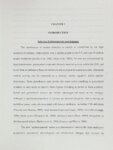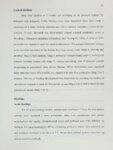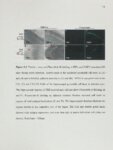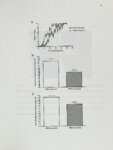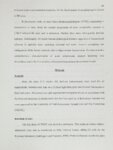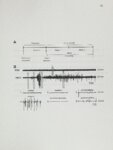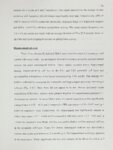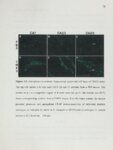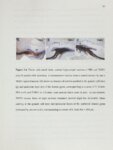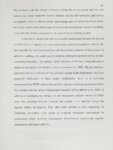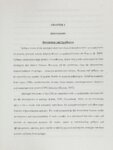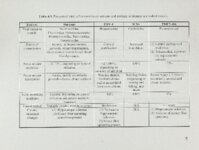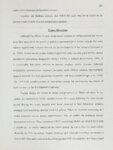| Description |
Epilepsy is a devastating neurological disorder characterized by recurrent seizures and affecting approximately 50 million people worldwide. Viral infections of the central nervous system are associated with an increased risk for the development of seizures and epilepsy. However, there is currently no available animal model of viral infectioninduced epilepsy. The studies presented in this dissertation were designed to test the hypothesis that Theiler's virus (TMEV) infection of C57BL/6 (B6) mice induces structural damage associated with persistent hyperexcitability, altered seizure susceptibility, and epilepsy postinfection. Completing the following specific aims tested this hypothesis. Specific Aim 1 (a) identified brain regions involved in acute TMEV-induced seizures, and (b) assessed the impact of TMEV- infection on chronic electroconvulsive seizure thresholds and corneal kindling acquisition rates. The results suggest that limbic and forebrain regions, including the hippocampus and the thalamus, are activated during acute spontaneous seizures. Mice that display symptomatic seizures during the acute infection exhibited increased rates of kindling acquisition and reduced thresholds to stimuli activating limbic and forebrain structures. Confirming the importance of genetic background in TMEV-induced seizure susceptibility, comparable studies in SJL/J did not reveal reduced seizure thresholds. Specific Aim 2 examined seizure progression and chronic histopathology TMEV-infected B6 mice to determine the incidence of postinfection epilepsy. Continuous video-electroencephalogram monitoring demonstrated that a significant proportion of infected B6 mice display symptomatic seizures during the acute infection. Following a latent period, a majority of these mice subsequently developed epilepsy. Histopathological studies indicated chronic structural and cellular abnormalities In . epileptic TMEV-infected B6 mice, including significant hippocampal sclerosis. Together, these findings establish TMEV-infected B6 mice as a novel preclinical model of infection-induced epilepsy. It is anticipated that the data presented in this dissertation will provide a framework for future studies aimed at elucidating the mechanism(s) of postinfection epilepsy and identifying therapies for treating and/or preventing epilepsy in the clinical setting. |











